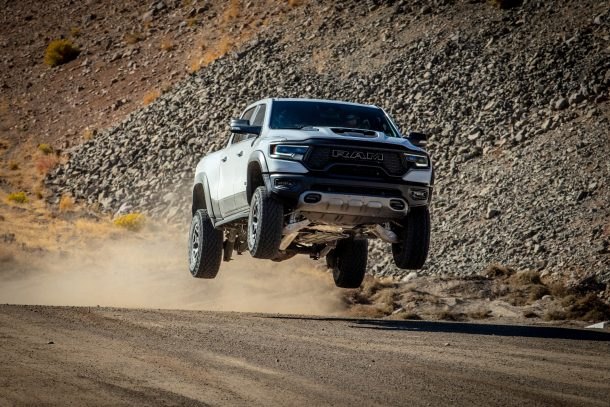#santander
Right On the Money: Stellantis Acquires Auto Finance Company
A captive lending arm can be a major source of profit for automakers. After all, keeping that paper in-house instead of farming it out to a third party permits some of that sweet interest-driven revenue rolling on a monthly recurring basis. Why else did most of us, for many years during GMAC’s heyday, refer to General Motors as a finance company which just happened to sell cars?
Following several years of shacking up with Santander in order to offer financing for their customers, Stellantis has bought F1 Holdings Corp., an outfit that is the parent of Texas-based First Investors Financial Services Group. Now they’ve spent $285 million in this all-cash transaction, Stellantis is no longer the only major automaker in America without a captive finance arm.
Santander Consumer Receives DOJ Subpoena
Following GM Financial’s subpoena from the Department of Justice, Santander Consumer said that it had received a subpoena as well related to
“production of documents and communications that, among other things relate to the underwriting and securitization of nonprime auto loans since 2007,”
97 Months And Running
8 years to pay off a car? A report by the Wall Street Journal claims that in Q4 of 2012, the average car loan stretched out to 65 months, or just over 5 years. Loan terms were being stretched out over increasingly longer terms too, with credit firm Experian reporting that nearly 1 in 5 car loans had terms between 73 and 84 months long, with some stretching for as long as 97 months.
How A New Generation Of Sub-Prime Auto Financing Could Cause Another Catastrophe
March was the 5th straight month of a SAAR above 15 million vehicles. Industry analysts have explained the strength of the market in a number of ways. The need to replace older vehicles is one (new car sales were hit hard during the recession as consumers held on to their vehicles for longer. This also caused used car prices to skyrocket, something TTAC has been documenting), while others have cited increasing fleet demand, and the desire to replace vehicles damaged in Hurricane Sandy.
But one factor that is just starting to get attention outside of TTAC is sub-prime financing. Sub-prime lending, which involves giving high-interest loans to customers with poor credit scores, is driving the SAAR in a big way, by letting buyers with poor credit purchase new cars. In turn, the sub-prime bubble is being driven by Wall Street, whose clients cannot get enough of financial instruments backed by sub-prime auto loans.
Chrysler Beats GM To Non-Prime Loan Deal
As non-executive vice-chairman of the Swiss bank UBS, Chrysler CEO Sergio Marchionne has deep connections with the European banking community. Now, under threat of losing its primary lender Ally Financial to GM’s dreams of a return to in-house, subprime lending, Marchionne has leveraged that experience into a non-prime lending deal with a US division of Spain’s Banco Santander. Automotive News [sub] reports that Santander and Chrysler have reached a deal to provide loans to Chrysler customers with sub-650 credit scores that ChryCo reckons could result in an additional 2,000 sales each month.




















Recent Comments